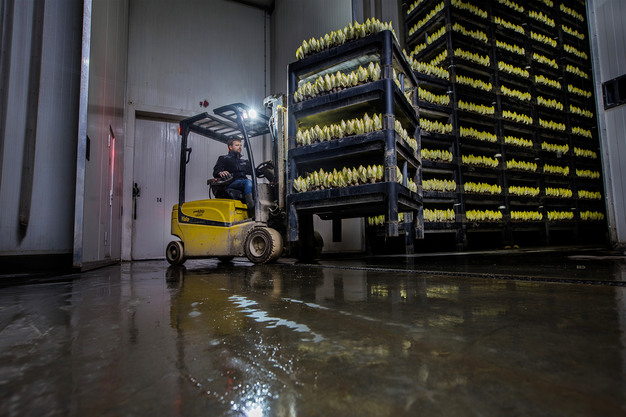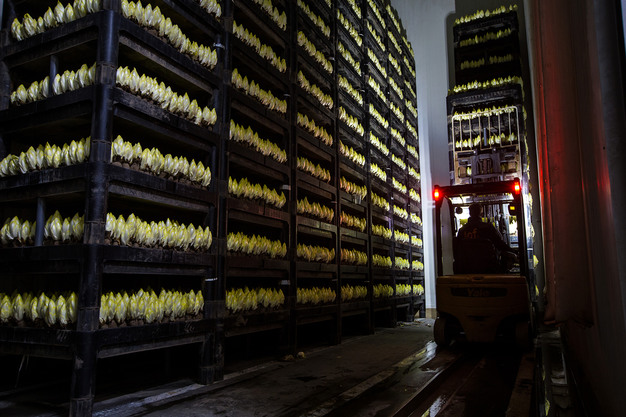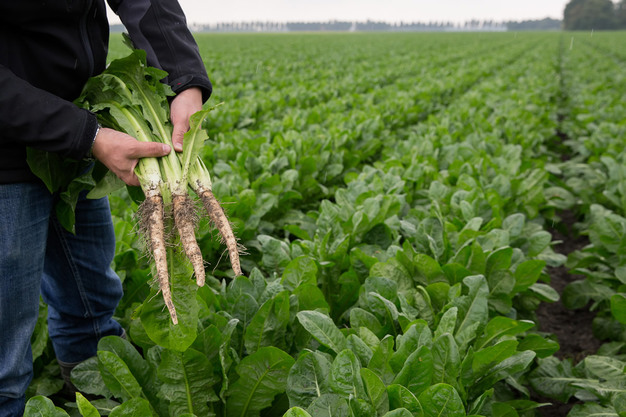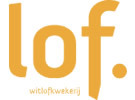This season's limited availability has put a slight damper on chicory sales, according to Hugo Jongejan of the Dutch Witlofkwekerij LOF. "We've divided the number of roots and weeks, and that's what we set up weekly. Sales should, thus, stay quite calm the whole season, and we'll go through the chicory faster than in other years," he says.

Free market prices, nonetheless, fluctuate significantly. "Around Easter, those topped €2; last week, it was below €1, and now, it's back to €1.20. The day trade, though, has a smaller share this year because we made several fixed agreements, which are challenging enough to meet. It's especially hard to fill promotion programs. Red chicory sales are quite good, but that remains a small market. Those prices stay more stable than last year. Last summer, it even happened that regular chicory was more expensive than the red variety."

"Our Dutch/overseas sales ratio is 50-50, but that also comes down to availability and demand. Before the pandemic, the export share was 70%," Hugo explains. "We sell most of our chicory to Dutch exporters, who then ship the product to numerous destinations. Italy remains the largest market. Chicory is also going to overseas destinations in relatively stable volumes. This year, demand from growers in neighboring countries is notably high; they want to supplement their shortages."

"It's difficult to predict the supply from fields harvested later. I think everyone will try to sow as early as possible to bring the new season forward. The acreage will grow somewhat compared to last year, but the ongoing restrictions on resources will make cultivation increasingly challenging," Hugo concludes.
 For more information:
For more information:
Hugo Jongejan
Witlofkwekerij LOF.
Tel: +31 (0) 527 271 375
[email protected]
www.witlofkwekerijlof.nl
